Carbon cycle
The carbon cycle is a complex cyclical process through which all of the carbon atoms in existence rotate. The same carbon atoms that exist in your body today have been used in many other molecules since time began - in a tree, in a plant and even in a dinosaur.
Step 1: Creation of fossil fuels
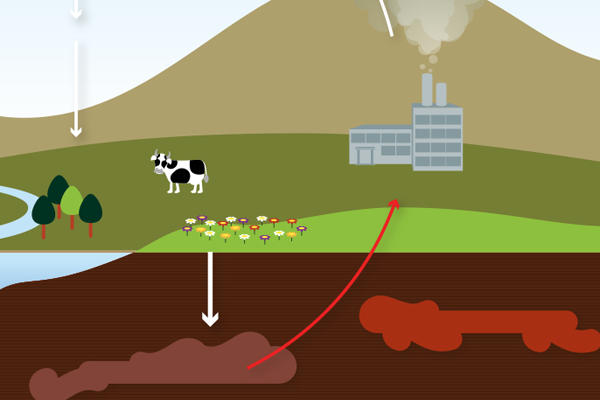
Step 2: Fossil fuels releasing carbon
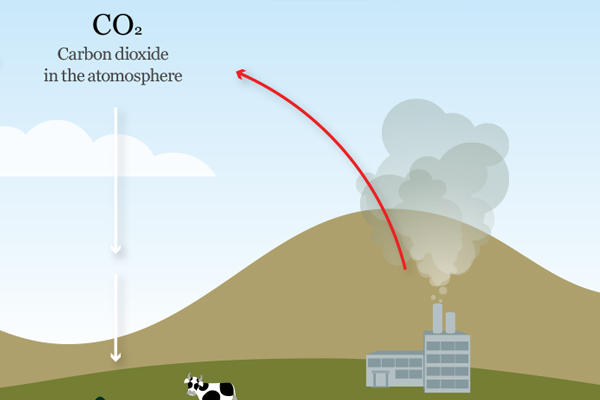
Step 3: Decomposers
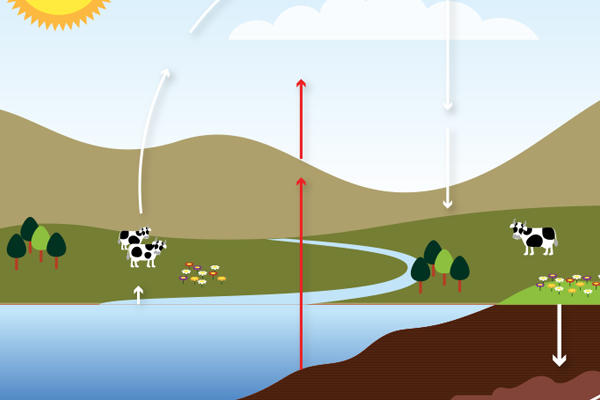
Step 4: Respiration
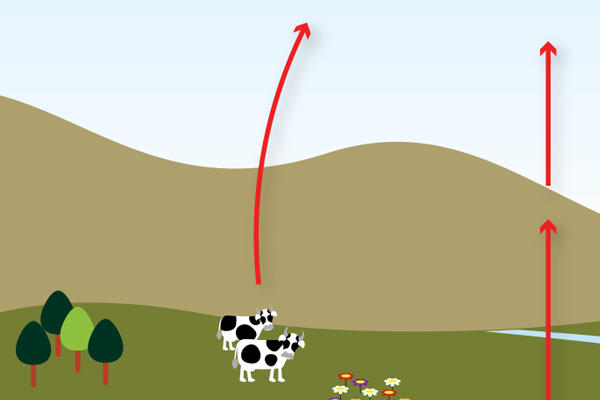
Step 5: Photosynthesis

Step 6: Decomposition

Dead organisms and waste products decay bringing the carbon into the ground.
Overtime (millions of years) and under the right conditions some decomposed remains will be turned into fossil fuels such as coal and gas.
Algae as well as bacteria called cyanobacteria are similar to green plants because they can all make their own food through a process called photosynthesis.
Photosynthesis
Chlorophyll, the substance that makes algae and plants green, uses the energy from sunlight. In algae and plants it is contained in a structure called the chloroplast; cyanobacteria carry out photosynthesis directly in the cytoplasm of the cell. The microbe uses this energy to change carbon dioxide gas from the air and the water around them into a sugar called glucose. The sugar is either transported to other cells and used as food or stored as insoluble starch. This process is called photosynthesis. The gas oxygen is released as a waste product. This is very important as animals including humans need oxygen to live. In fact 70 – 80 % of all the oxygen we breathe comes from algae.
The chemical reaction for photosynthesis:
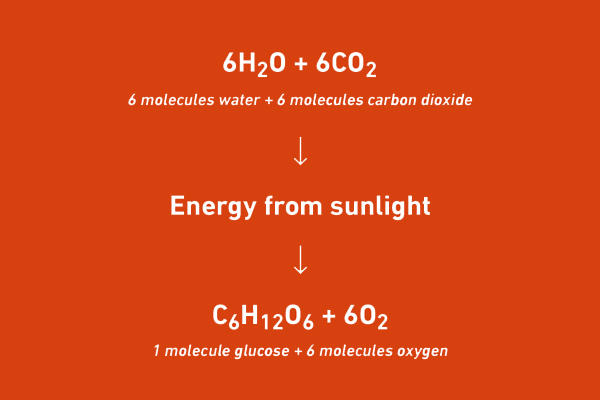
Carbon, which is represented by the letter C in the equation, is being transferred from the carbon in the carbon dioxide to the carbon in the glucose. This reaction forms part of the carbon cycle.
Aerobic respiration
Aerobic respiration takes place in the presence of oxygen and occurs in the opposite direction to the photosynthesis reaction. Aerobic respiration is the release of energy from glucose, which takes place inside the mitochondria of living cells.
The chemical reaction for aerobic respiration:
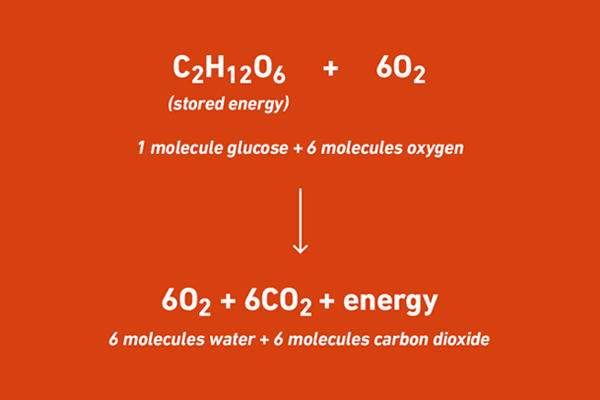
This reaction forms part of the carbon cycle.
-
Nitrogen cycle
Similar to the carbon cycle the nitrogen cycle is the process by which nitrogen in all its forms, cycles to the environment.
-
Food chain
All living things depend on each other to live. Find out where microbes are in the food chain.




